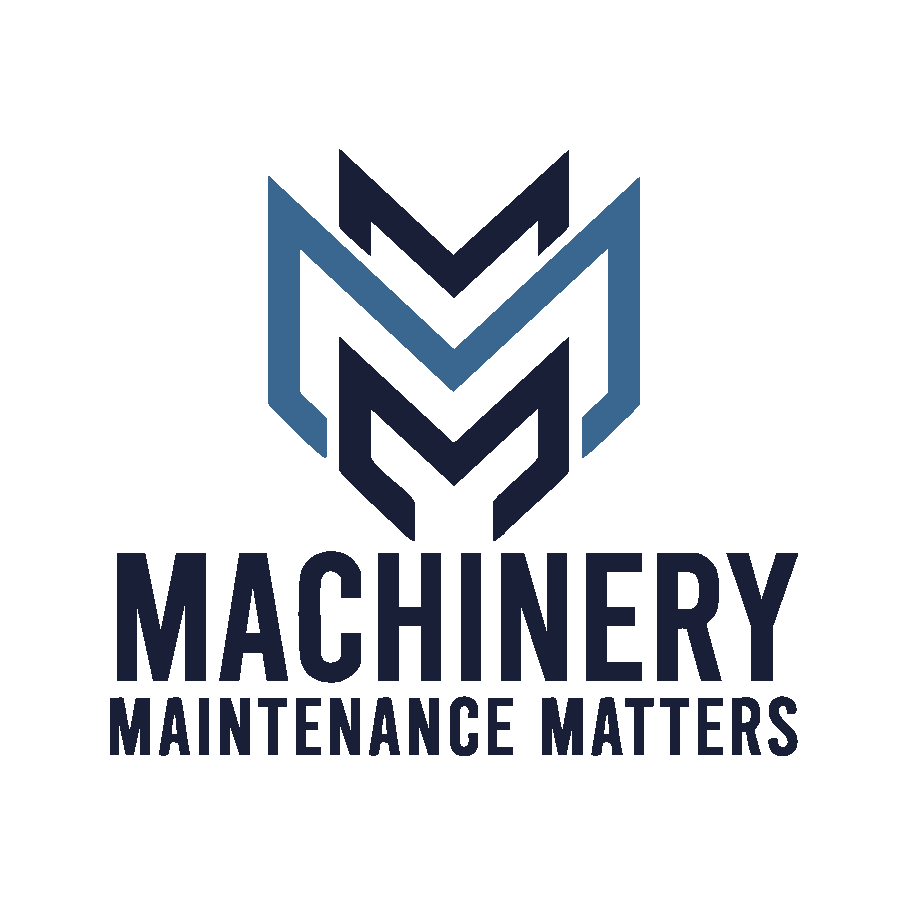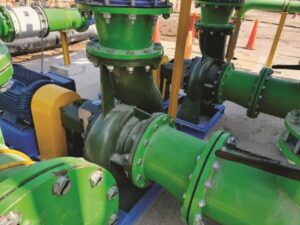Duplex coating – combining hot dip galvanizing with painting – is an extremely effective method of corrosion control.
“Paint on hot dip galvanizing is an excellent system, but it does require that everyone in the value chain understands the requirements for best practice,” says Robin Clarke, Executive Director of the Hot Dip Galvanizers Association of Southern Africa (HDGASA).
Several award-winning projects demonstrate its efficacy. These include the Kirstenbosch Gardens walkway – the steel work on the Cape Town soccer stadium – and the Standard Bank facade in Maputo. All required high levels of corrosion control, as well as architectural synergy with their surroundings.
Grappling with technicalities
The HDGASA frequently assists designers, architects, fabricators, galvanizers and paint professionals regarding the best approach to take to the duplex coating process – and its website includes useful documentation and methodologies to guide them.
For example, Clarke explains that a structure may require a paint over-coating to prolong service life in harsh marine and agricultural locations, exceptionally high pollution areas and corrosive micro-environments within processing plants.
However, both aesthetic and legislative requirements may play a role: “These might relate to a specific aesthetic to complement the surroundings – or a legislative requirement such as colour coding of pipelines, or meeting Civil Aviation Authority (CAA) requirements with regard to high-rise structures in and around airports or flight paths,” he advises.
Tried and tested corrosion control
Clarke describes hot dip galvanizing as a well-established, tried and tested, preferred corrosion control method. Extensive research between the 1940s and 1960s on hot houses in the Netherlands produced a very repeatable outcome when it came to service life. The same applied to certain paint systems. These were put onto the same galvanizing base as a third leg of the experiment – and the outcome was that the lifetime of the coating exceeded the sum of the two individual parts by at least 1.5 times in aggressive environments and up to 2.8 times in less corrosive situations.
Clarke explains that laboratory tests also determined that when paint became porous, the zinc from the galvanizing process plugged and sealed the micro-porosities, giving new life to the coating.
Another benefit is avoiding under-creep on a paint system: “If the paint is penetrated, the steel can rust under the paint. That does not occur when you have painted onto a galvanized or zinc-based coating. The zinc will sacrifice itself to restore the coating and, if it cannot, it will sacrifice itself to protect the carbon steel substrate.”
Collaboration and co-ordination to mitigate corrosion
Once duplex technology has been specified, important decisions around steel selection and preparation follow.
The HDGASA frequently advises about the best corrosion control approach in extreme environments, specifying silicon-controlled steel in terms of the SANS 1471 (parts 1 and 2) guidelines.
“The best manufacturing practice starts with ensuring that you select the most appropriate steel – which is silicon-controlled steel – and ensure the consistency of your steel supply throughout the project. If this is a substantial project that requires various steel suppliers, it will be very difficult to deliver the same paint aesthetic,” Clarke observes.
Clarke adds that, in terms of SANS 14713 for best manufacturing practices, the design must ensure an even flow of cleaning materials across the steel articles, address best practices in terms of welding, control of de-fluxing and anti-spatter. Safety is also paramount in the case of enclosed containers, where venting and filling holes need to be placed appropriately.
Communicating to achieve the perfect outcome
Clarke says the HDGASA recommends commencing with a gentle sweep blast of air to remove any products of oxidation, remnants or contaminants on the surface.
“We advocate very strongly that the paint manufacturer makes a recommendation in accordance with the ISO 12944 standards, which relate to a variety of painting systems that will be effective depending on the coating durability required for the project,” he says.
He also emphasises that the paint coatings for a single project should come from the same manufacturer to avoid incompatible paint.
“The engineer, the architect/designer and fabricator must inform the galvanizer that the material is to be over-coated or painted before the galvanizing process starts. At that point, the galvanizer and the painter will also need to liaise regarding the requirements for post-galvanizing surface preparation.”
“The painter will have looked at the HDGASA’s codes of practice and prepared the surface before following the manufacturer’s recommendations to ensure that the paint is correctly mixed, applied and cured.
Therefore, adherence to the methodology of collaboration, co-operation and communicationwill ensure that the client ultimately receives a hot dip galvanized and painted article that – instead of lasting under ten years, will have a service life of double that,” Clarke concludes.







